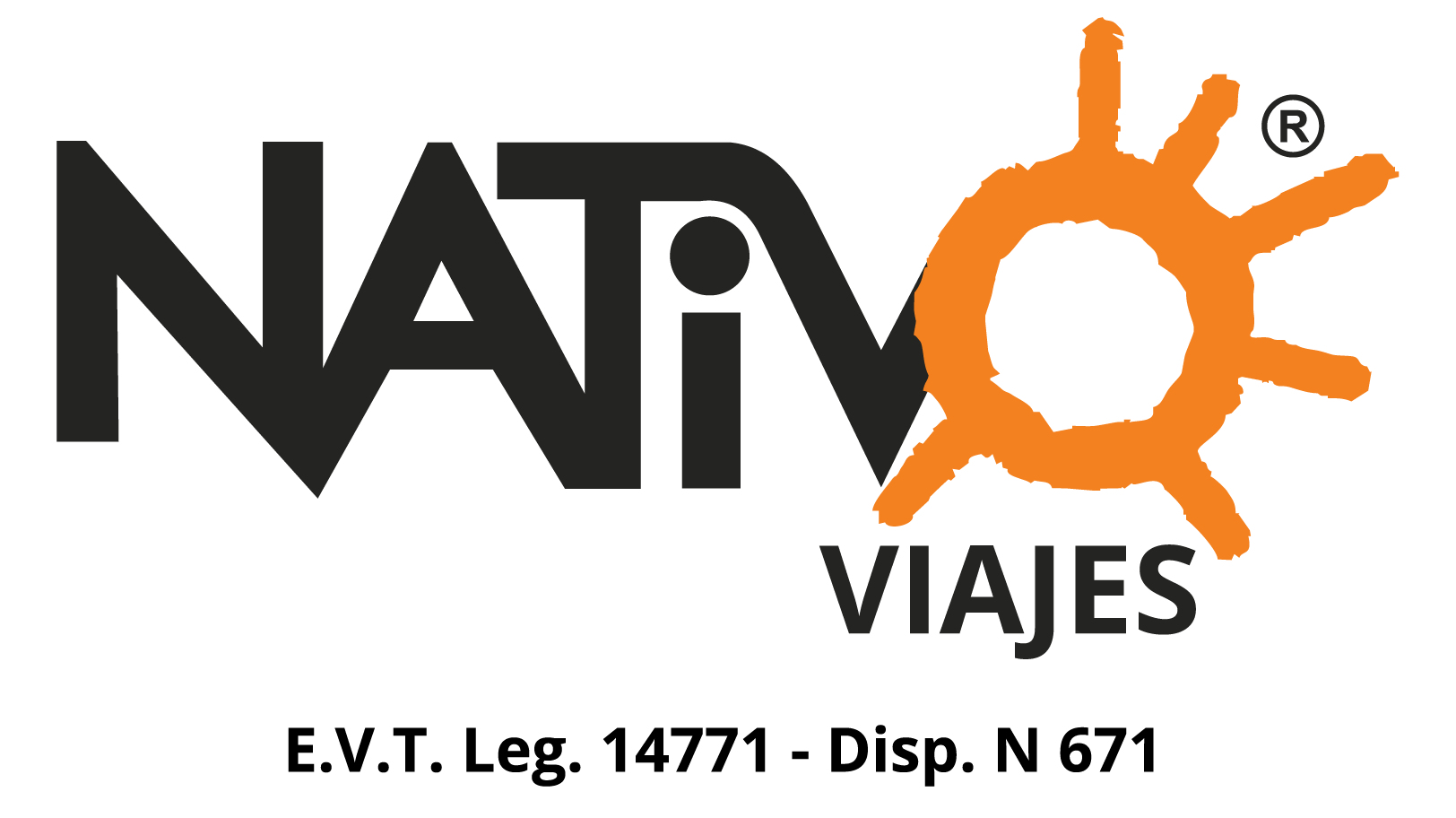Explore Córdoba from its corners, gastronomy, culture and history.
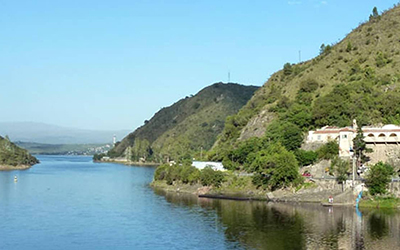
Valle de Punilla
We left Córdoba by RP E-55 knowing La Calera, the Hydroelectric Plant and the Wall of the San Roque Dam, the oldest in the province. We pass through Bialet Massé and Santa María de Punilla until we reach Cosquín, the National Capital of Folklore. We continue through Valle Hermoso to La Falda, where we walk along the classic Av. Edén, the shopping center, etc. We cross Huerta Grande and Villa Giardino to get to Capilla del Monte, at the foot of the mystical Uritorco hill, where we know the original covered street, the El Zapato complex, the El Cajón dike, etc. We continue to visit Los Cocos (optional Aerosilla ascent) Cruz Grande, Cruz Chica and La Cumbre, with their stately European-style mansions, arriving in the last hours of the afternoon at Villa Carlos Paz, a tourist center par excellence, and then returning to Córdoba by highway.
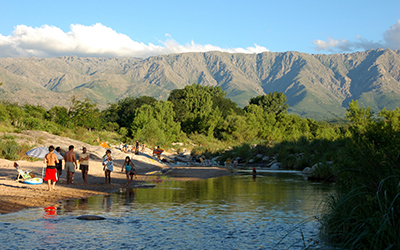
Valle de Traslasierra
We leave Córdoba on RN 20 passing through the picturesque towns of Villa Carlos Paz, San Antonio de Arredondo, Mayú Sumaj, Icho Cruz and Cuesta Blanca. Then we began to travel the Camino de las Altas Cumbres, enjoying its imposing panoramic views and visiting different points along the way, such as the Lágrima del Indio waterfall, the El Cóndor Foundation, the Pampa de Achala, the source of the Mina Clavero River, etc. We arrived at Mina Clavero, where we know the spa of the Elephants, the shopping center, etc. In Villa Cura Brochero we passed by the Church where the remembered Cura Gaucho preached. We continue through Nono, seeing the typical Ñuños hills and touring the Rocsen Multifaceted Museum. We return to Córdoba along the Camino de Bosque Alegre, with views of the Terrena Station and the National Observatory.
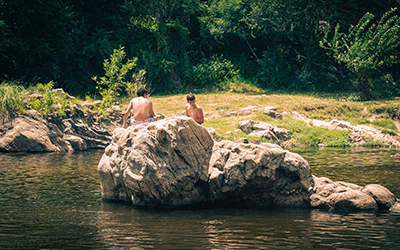
Alta Gracia y Villa Carlos Paz
We leave Córdoba by RP 5, passing through the monument to Miryam Stefford, heading to Alta Gracia, where we know the most important testimonies of its rich cultural heritage: the Tajamar, an ancient artificial lake built by the Jesuits, the Jesuit Estancia of Alta Gracia (Historical Museum House of the Viceroy Liniers) the Church of Our Lady of Mercy, In the afternoon we head to Villa Carlos Paz, the most important tourist center in the province, where we tour its shopping center, the residential neighborhoods, etc.; and we visit the classic Cu-Cu clock, an alfajores factory and the Aerosilla complex (optional ascent). We return to Córdoba on the Justiniano Allende Posse Highway.
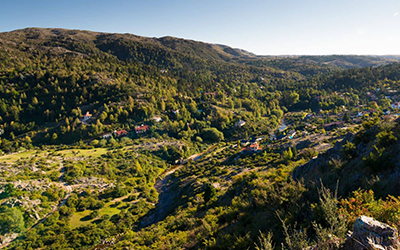
La Cumbrecita
We leave Córdoba by RP 5, passing through the Monument to Myriam Stefford, Alta Gracia, Anisacate, La Bolsa and Villa Ciudad de América. We continue the route crossing the four tributaries of Lake Los Molinos and the towns of Potrero de Garay and Los Reartes. From there we ascend through the Sierras Grandes, crossing a picturesque region of coniferous forests. We passed through Villa Berna and arrived at La Cumbrecita, an alpine-style town that has the uniqueness of being one of the few pedestrian towns in the world. We visited the La Olla spa, the traditional La Cumbrecita hotel, the ecumenical chapel, etc. Then we get to know Villa General Belgrano, with its particular Central European physiognomy. We resume RP 5 passing through the Wind Curve, enjoying a spectacular panoramic view of the Lake and Dique Los Molinos; and we undertake the return to Córdoba.
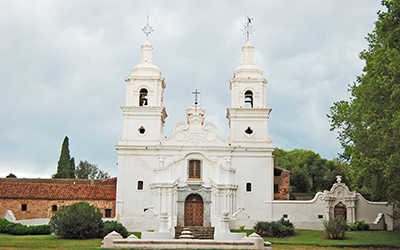
Triángulo Jesuítico
We left Córdoba by RN 9 N until we reached Colonia Caroya, inhabited by descendants of immigrants from northern Italy and famous for its artisanal salami. There we visited the Jesuit Estancia Casa de Caroya, which served as a summer residence for the students of the Monserrat school. Then we meet Jesús María, famous for his festival of Dressage and Folklore, where the Estancia Jesuítica San Isidro Labrador is located, a pioneer in winemaking in the region. We continue to visit the historic Posta de Sinsacate and the place of Barranca Yaco, where the caudillo Facundo Quiroga was assassinated, and then arrive at the Estancia de Santa Catalina, recognized for the beauty of its baroque church. We continue bordering the Sierras Chicas, passing through the picturesque towns of Ascochinga, La Granja, Villa Animi, Agua de Oro, Salsipuedes and Río Ceballos. We returned to Córdoba by RP E-53.
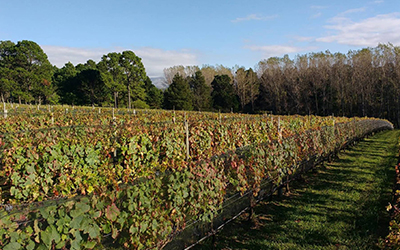
Caminos del Vino de Calamuchita
The price does not include tastings.
The Calamuchita Valley offers us dreamy landscapes where the magnificence of the mountain cords is combined with the green valleys covered with forests. In this environment we will visit several family businesses where high quality, healthy and natural wines are developed. In this circuit we will tour wineries and vineyards knowing the history of each wine project and the people who carry it out with work and passion. The production is very careful and at all times it is sought that the wines express this particular terroir of Cordoba. An experience to discover with all the senses, enjoy in good company and learn more about the fascinating world of wine.
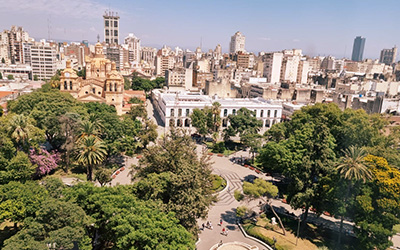
City Tour Córdoba
We tour the most important points of the city: the Founding Historical Center, composed of the Plaza San Martín, the Cabildo and the Cathedral; the Civic Center, where the Municipality, the Palace of Justice, the Plaza Italia, the La Cañada stream, the Plaza de la Intendencia, etc. stand out. We pass by the Libertador General San Martín Theater and enter the student neighborhood of Nueva Córdoba where the Capuchin Church stands out. We continue through the Sarmiento Park, the Government House and the University City. We observe the monument to the "Urban Man", and we border the Costanera del Río Suquía arriving at the popular Barrio Alberdi. From there, Av. Colón takes us to the Córdoba Olympic Stadium, the Fair Complex, the Free University of the Environment and the Botanical Garden of the City. We crossed the river and entered the elegant Cerro de Las Rosas neighborhood, where we know the monument to the "Urban Woman", Rafael Nuñez Avenue and the viewpoint of the Autochthonous Park.
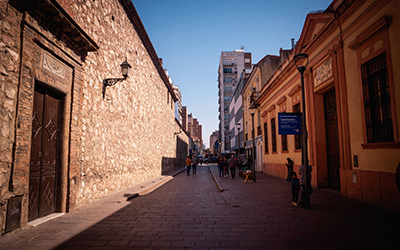
City Tour con Manzana Jesuítica
Ditto to the previous excursion. Then we tour the Jesuit Apple of Córdoba, declared a World Heritage Site by UNESCO, composed of the Church of the Society of Jesus, the chapel of the Virgin of Lourdes, the former Rectorate of the University, current Historical Museum of the UNC, and the traditional College of Montserrat.
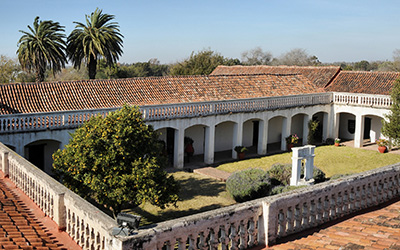
Jesús María y Colonia Caroya
We left Córdoba by RN 9 N towards Colonia Caroya, inhabited by descendants of immigrants from northern Italy and famous for its artisanal salami. There we visited the Jesuit Estancia Casa de Caroya, which served as a summer residence for the students of the Monserrat school. Then we tour Jesús María, famous for his festival of Dressage and Folklore, where we meet the Estancia Jesuítica San Isidro Labrador, a pioneer in winemaking in the region.
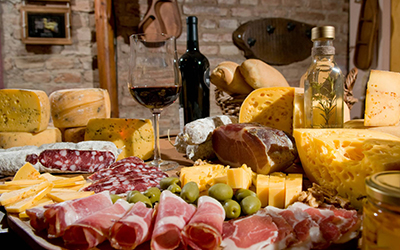
Camino del Vino del Norte
The price does not include tastings.
The wine arrived in Córdoba from the hand of the Jesuits and with the final destination the celebration of the Mass. At the beginning of the 16th century, the vine populated the soil of Jesús María's estancia, near Colonia Caroya, 54 km from the capital of Córdoba. In the 19th century, immigrants who came to the province from Italian Friuli, bringing their own customs and traditions, began here a type of artisanal wine production based on non-traditional strains such as raspberry grapes. Since then, regional wines have been produced there that are part of the Cordovan identity and cultural heritage. The intensity of its flavor is enhanced by that of the sausages, sausages and cheeses of Colonia Caroya, where most of the local wine production is concentrated.
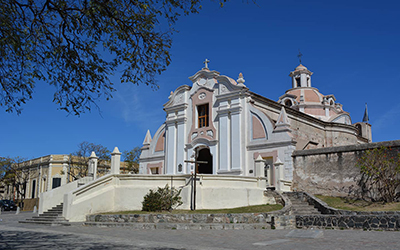
Alta Gracia
We leave Córdoba by RP 5, passing through the monument to Miryam Stefford, heading to Alta Gracia, where we know the most important testimonies of its rich cultural heritage: the Tajamar, an ancient artificial lake built by the Jesuits, the Jesuit Estancia of Alta Gracia (Historical Museum House of the Viceroy Liniers) the Church of Our Lady of Mercy, Then we start returning to Córdoba.
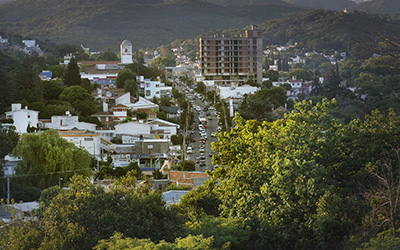
Sierras Chicas
We left Córdoba by RP E-55, visiting La Calera, a town that houses historical monuments such as the Old Chapel and the Double Mill. We pass through the Mal Paso Dike and walk through a series of picturesque towns that follow each other at the foot of the mountainous cord of the Sierras Chicas: Saldán, Villa Allende, famous for its Golf Club, Mendiolaza and Unquillo, chosen by numerous plastic artists as a place of residence and inspiration. Then we arrive at Río Ceballos, a traditional tourist center located at the foot of Ñu Pora hill, which we ascend to appreciate the stature of Christ on its summit and enjoy a spectacular panoramic view. Finally we visited the Dique la Quebrada, Provincial Water Reserve and returned to Córdoba.
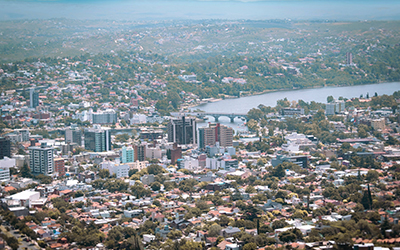
Villa Carlos Paz
We left Córdoba by RP E-55 knowing La Calera, the Hydroelectric Plant and the Wall of the San Roque Dam, the oldest in the province. Then we take the Camino de las Cien Curvas, which borders the lakeside, to reach Villa Carlos Paz, the most important tourist center in the province, where we tour its shopping center, residential neighborhoods, etc.; and visit the classic Cu-Cu watch, an alfajores factory and the Aerosilla complex (optional ascent). We return to Córdoba on the Justiniano Allende Posse Highway.
